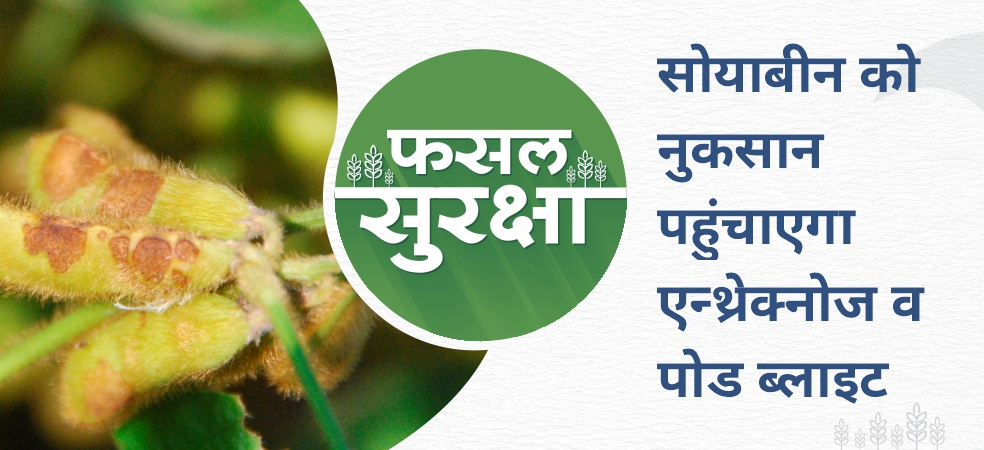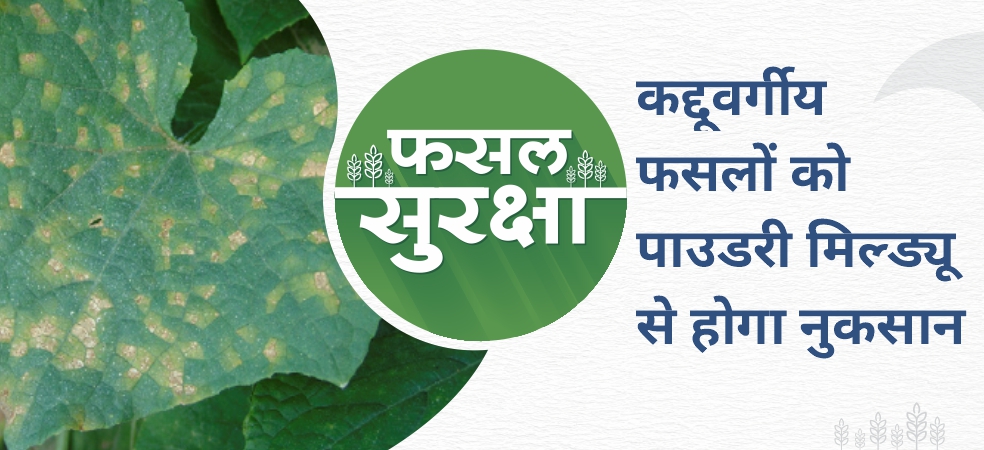-
It is a small and soft-bodied light yellow insect, both the baby insect and adult insect damage the chilli crop. It is found in greater quantity on the upper surface of the leaves and also on the lower surface of the leaves. They suck the sap of leaves and flowers of chilli crop with their sharp mouthparts. Thrips infestation causes leaves to turn brown at the edges, and the leaves of the affected plant appear dry and discoloured, the leaves are deformed and curled upwards.
-
Chemical Management:- Spray Fipronil 5% SC @ 400 ml/acre or Lambda Cyhalothrin 4.9% CS @ 250 ml/acre or Spinosad 45% SC @ 75 ml/acre to control thrips attack .
-
Biological Management: – To control this pest, spray Beauveria Bassiana @ 500 gm/acre.
-
Spraying of Seaweed extract + Amino acid + Fulvic acid (Vigarmax Gel) @ 400 gm/acre must be done for better growth of chilli crop and improvement in damage caused by thrips.
ShareFor such important information related to agriculture and agricultural products, keep reading Gramophone’s articles daily. Be sure to visit the market section of gramophone to purchase advanced agricultural products.










